Sharp Aquos Wish2
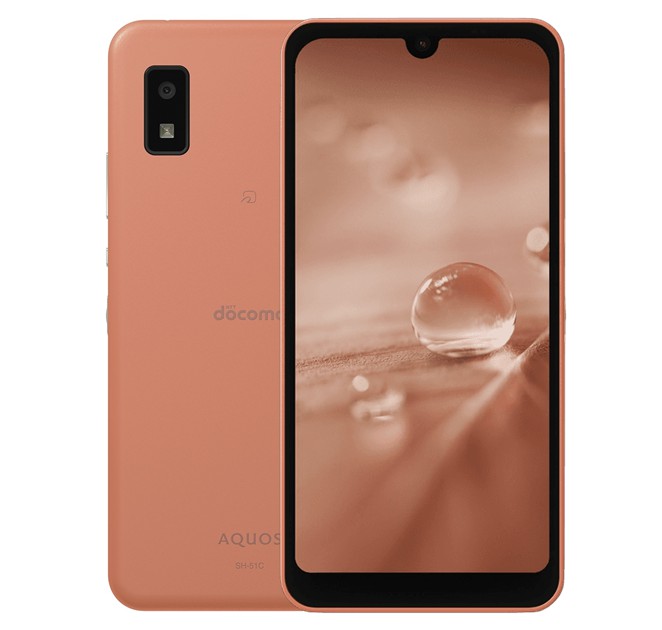
Sharp Aquos Wish2 Highlights and Overview
This is Sharp Aquos Wish2, the direct successor to the initial Aquos Wish announced in December last year. Design, and most specs on the Wish2 have not changed, except for the CPU and the inclusion of latest Android OS. So you are still getting a compact 5.7-inches HD+ screen on the front, with a dewdrop notch atop, just like the predecessor.

Coming to the internal specs, the Sharp Aquos Wish2 given Qualcomm’s Snapdragon 695 octa-core CPU, instead of the Snapdragon 480 on the older model. Although the RAM and internal storage remains 4GB and 64 Gigabytes respectively.
On the camera wing, you are still getting a 13-megapixel lens with PDAF and F/2.0 on the rear, while a single 8-megapixel selfie sensor with same F/2.0 is used on the front.
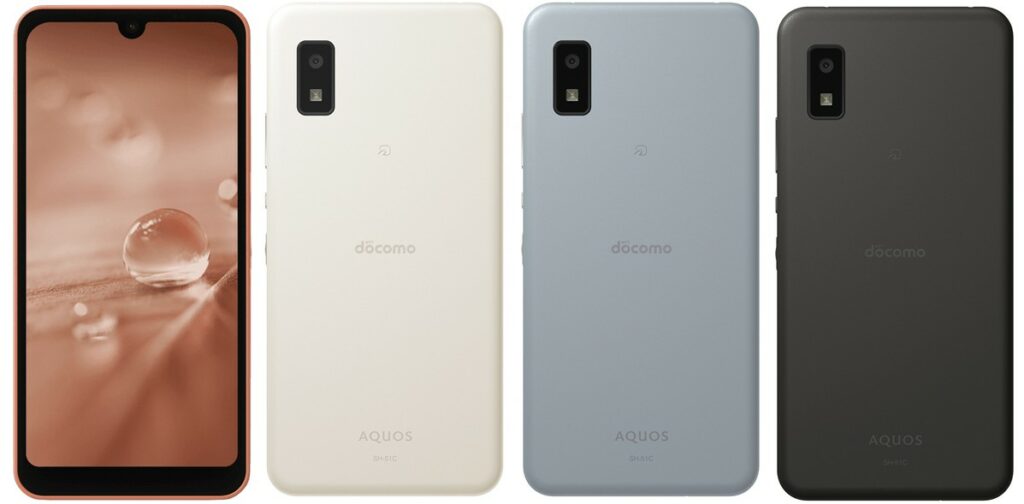
The phone is painted in four colors included Coral, Charcoal, Blue and White. Like it older sibling, IP67 and MIL-STD-810H certification is available here as well. The OS is now upgraded to Android 12.0 out of the box, but battery power still comes from a 3730mAh unit. The table below contains the full specs of Sharp Aquos Wish2 smartphone.
Sharp Aquos Wish2 Full Specifications and Features
NETWORK
| Technology | GSM / HSPA / LTE / 5G |
| 2G Network Bands | 2G: GSM: 850 900 1800 1900 MHz |
| 3G Network Bands | 3G: WCDMA: B1 / 2/4/5/6/8/19 |
| 4G Network Bands | 4G: LTE FDD: B1 / 3/4/5/7/12/13/17/ 18/20/26/28/38 / 39/40/41/ 42 |
| 5G Network Bands | 5G: NSA: n28 / n77 / n78 |
| Speed | HSPA 42.2/5.76 Mbps, LTE-A (CA), 5G |
LAUNCH
| Also Known As |
- - |
BODY
| Dimensions | 147 x 71 x 8.9 mm |
| Weight | 162 grams |
| Build |
Glass front - IPX8 / IP6X certified for water and dust resistance - MIL-STD-810H compliant |
| SIM Type | Dual SIM (Nano-SIM, dual stand-by) |
DISPLAY
| Display Type | IPS LCD touchscreen / 16M colors / 60Hz refresh |
| Size | 5.7-inches (82.3% screen-to-body ratio) |
| Resolution | 720 x 1520 pixels, 19:9 ratio (295 ppi density) |
PLATFORM
| Operating System | Android 12 |
| Chipset | Qualcomm SM6375 Snapdragon 695 5G (6 nm) |
| CPU | Octa-core (2x2.2 GHz Kryo 660 Gold & 6x1.7 GHz Kryo 660 Silver) |
| GPU | Qualcomm Adreno 619 |
MEMORY
| RAM + ROM | 4GB + 64GB |
| Card Slot | Yes, up to 1TB via microSD card (uses SIM 2 slot) |
MAIN CAMERA
| Camera Type | Single Lens |
| Camera Sensor(s) | Main: 13 MP, f/2.0, PDAF |
| Camera Features | Autofocus / Digital zoom / HDR / Touch focus / Face detection / LED flash |
| Video Resolution | 1080p@30 |
SELFIE CAMERA
| Camera Type | Single Lens |
| Camera Sensor(s) | 8 MP, f/2.0 |
| Camera Features | Autofocus / Panorama / HDR |
| Video Resolution | 1080p@30fps |
SOUND
| Loudspeaker | Yes |
| Speaker Location | Chin, below display |
| Audio Jack Type | Yes, 3.5mm audio jack, |
CONNECTIVITY
| Bluetooth | Bluetooth 5.1, A2DP, LE |
| NFC | |
| GPS | Yes, with dual-band A-GPS, GLONASS, BDS, GALILEO, QZSS |
| FM Radio | No |
BATTERY
| Battery Capacity | Non-removable Li-Po 3730mAh battery |
OTHER FEATURES
| Sensors | Fingerprint (side-mounted), accelerometer, proximity, compass |
| Box Contents | Charging Brick / USB cable |
Sharp Aquos Wish2 User Reviews and Opinions
Disclaimer Note
This specification was entered manually, hence we CANNOT guarantee 100% accuracy. Any error? Let us know in the comment section.







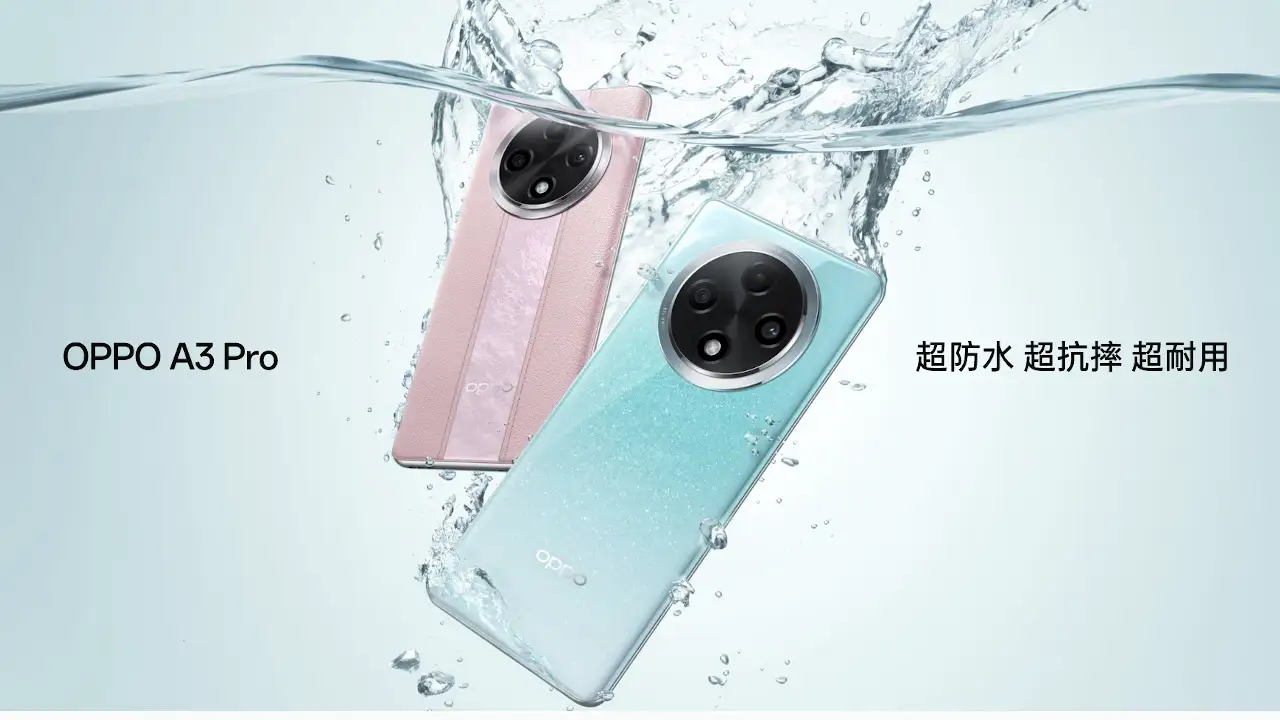

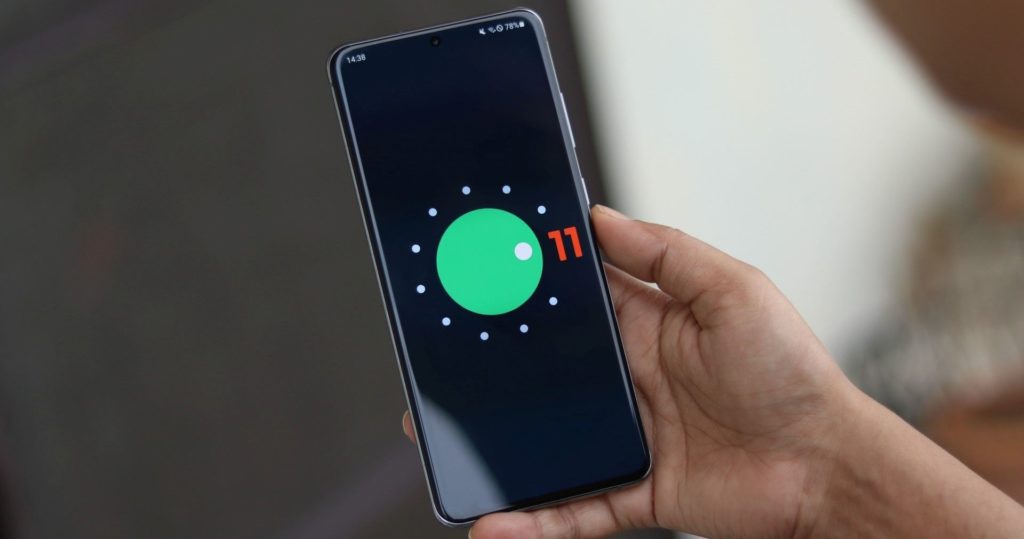
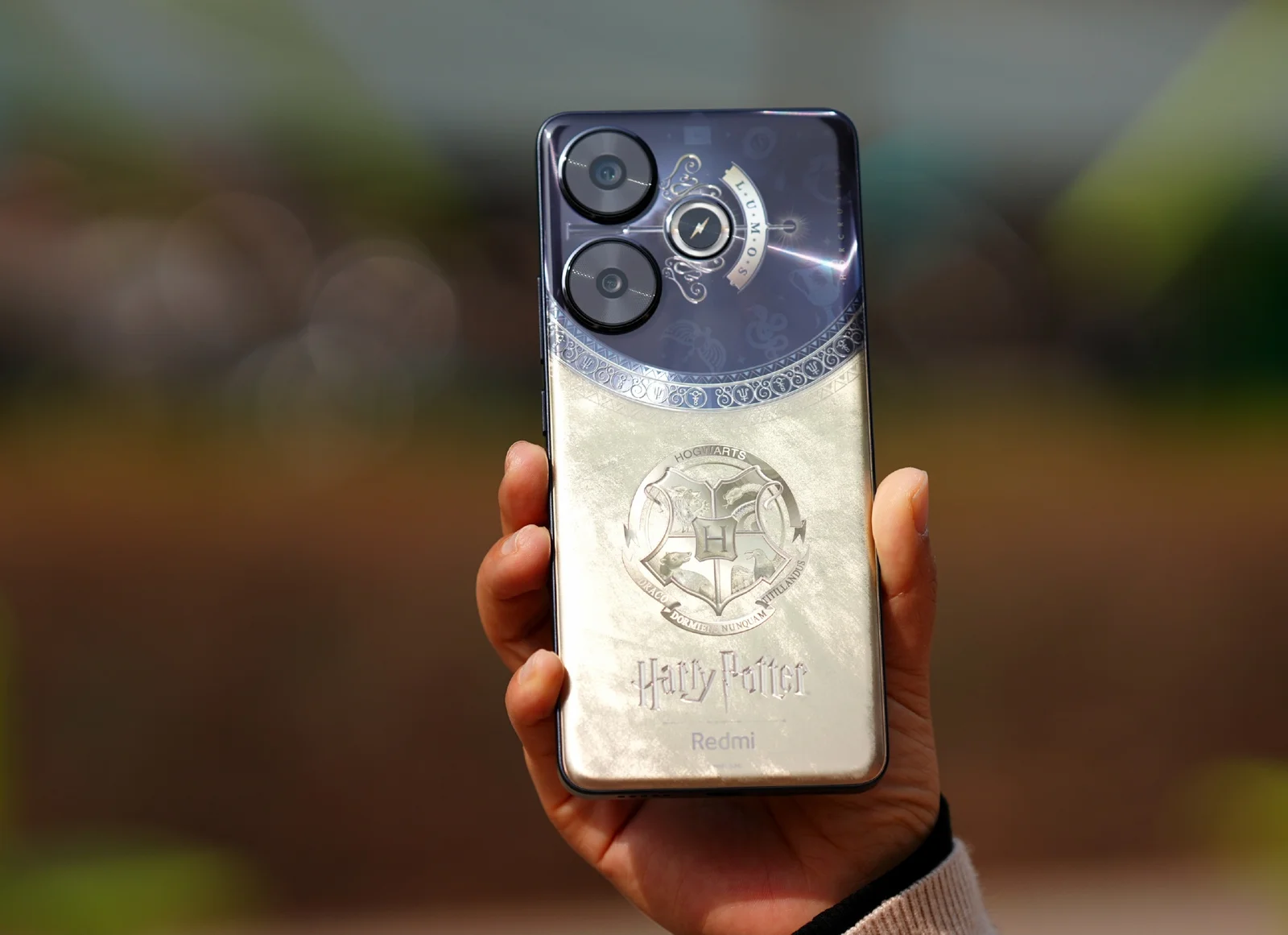
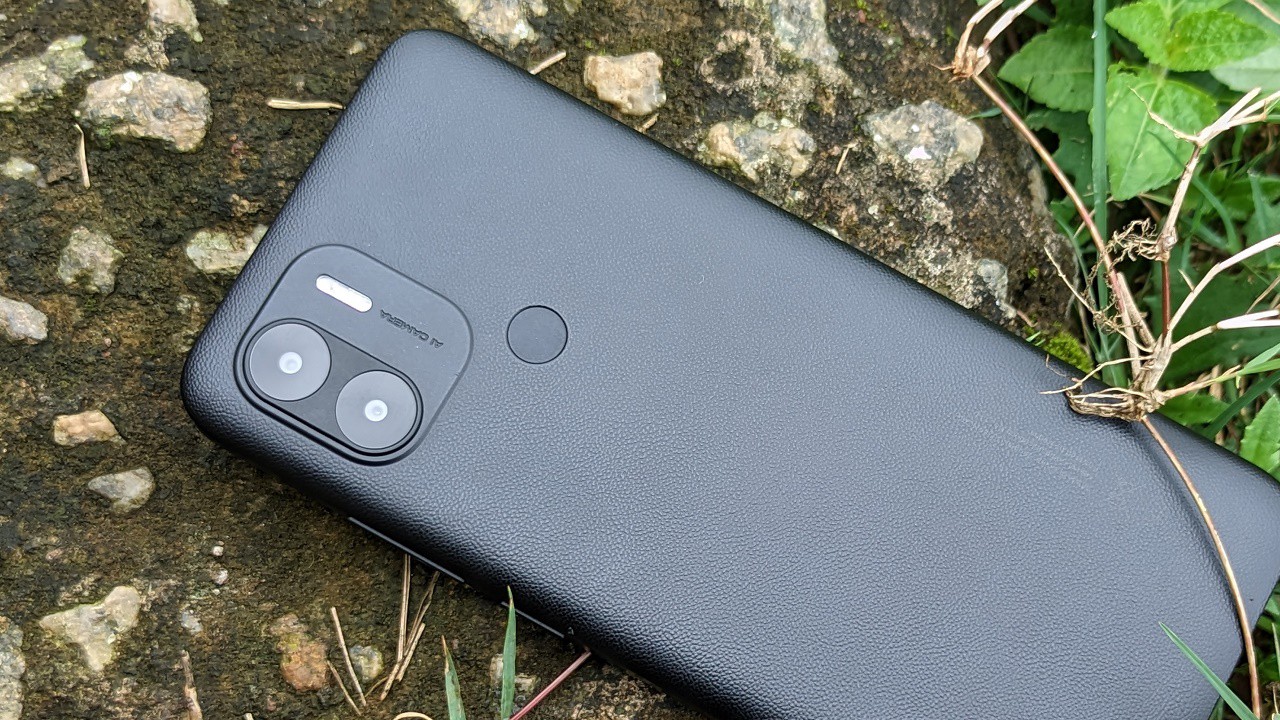
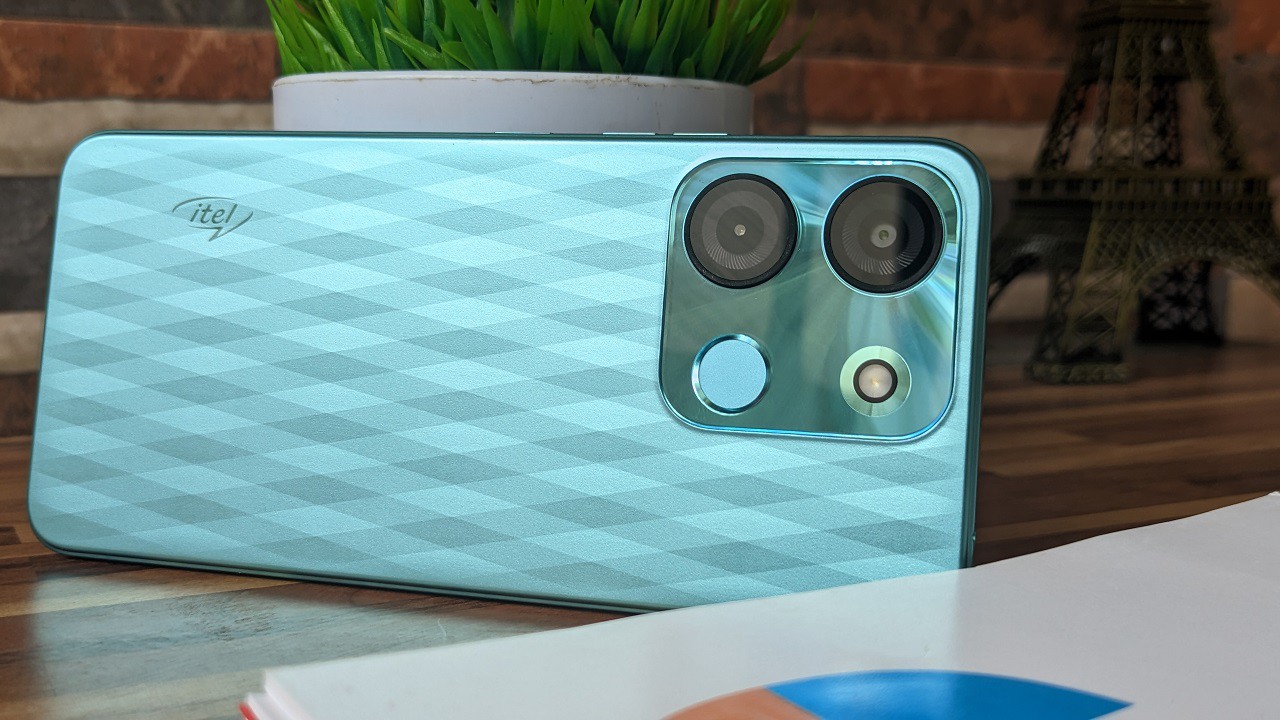
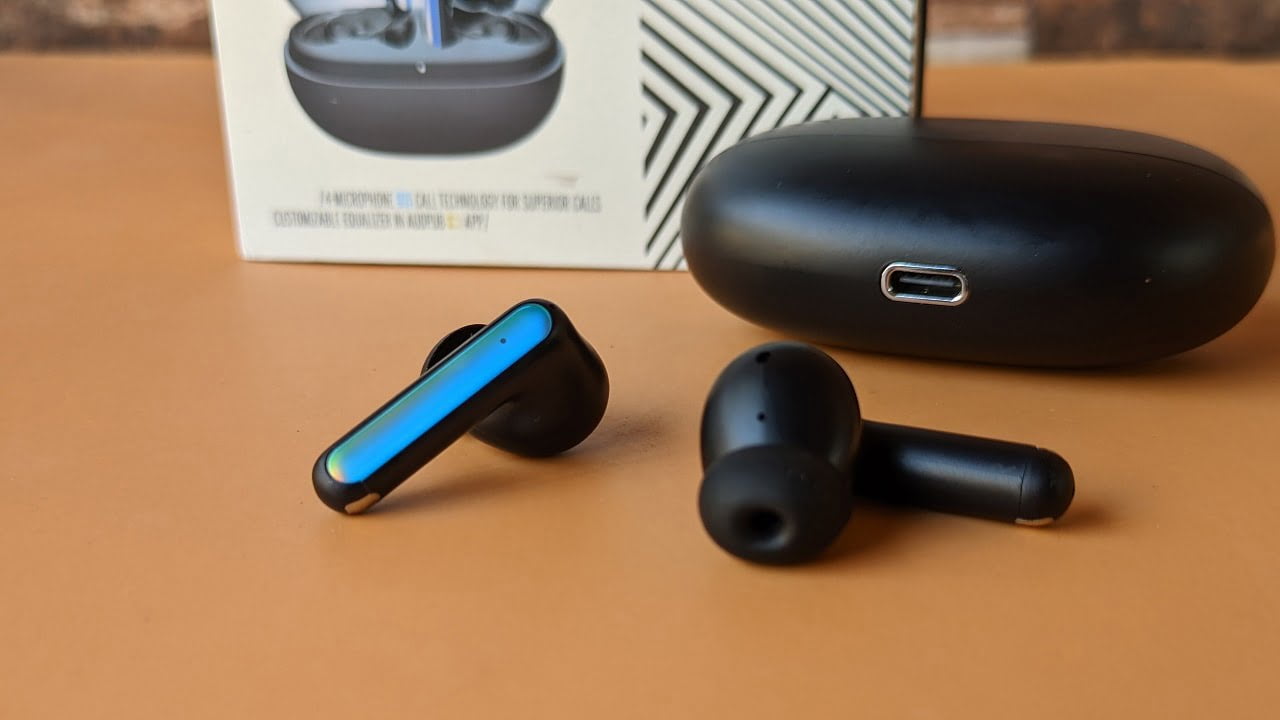
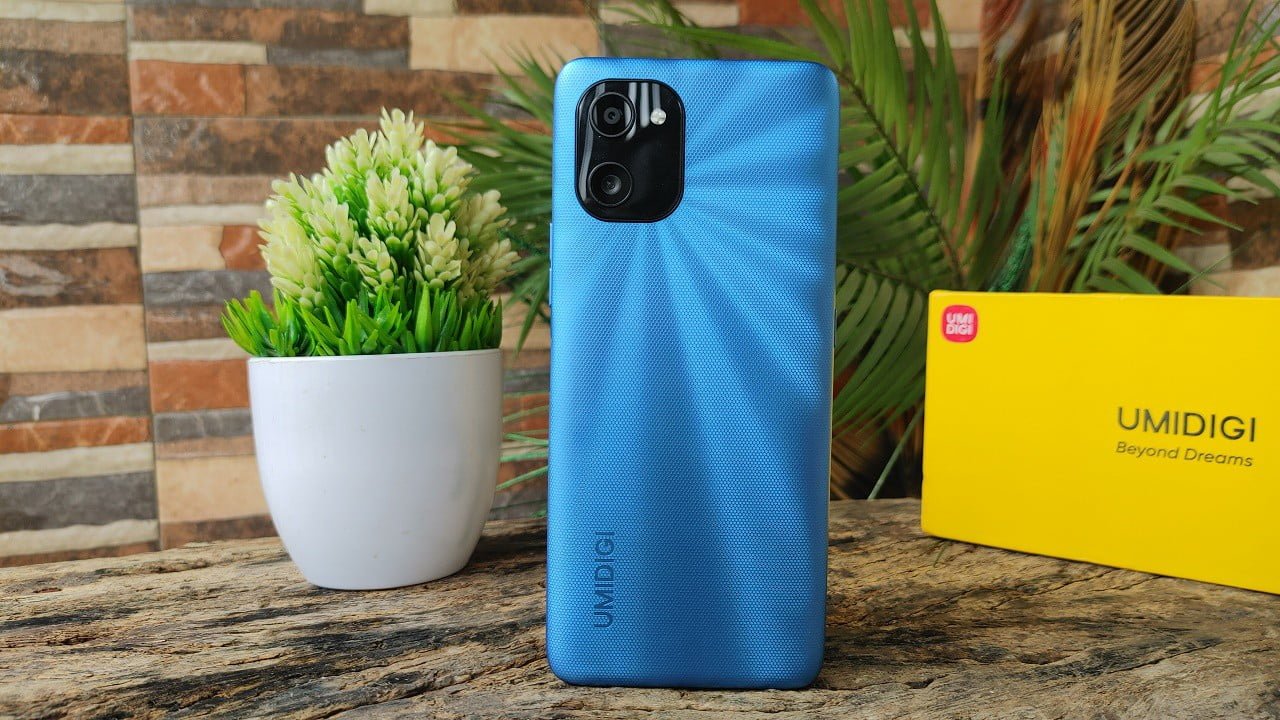
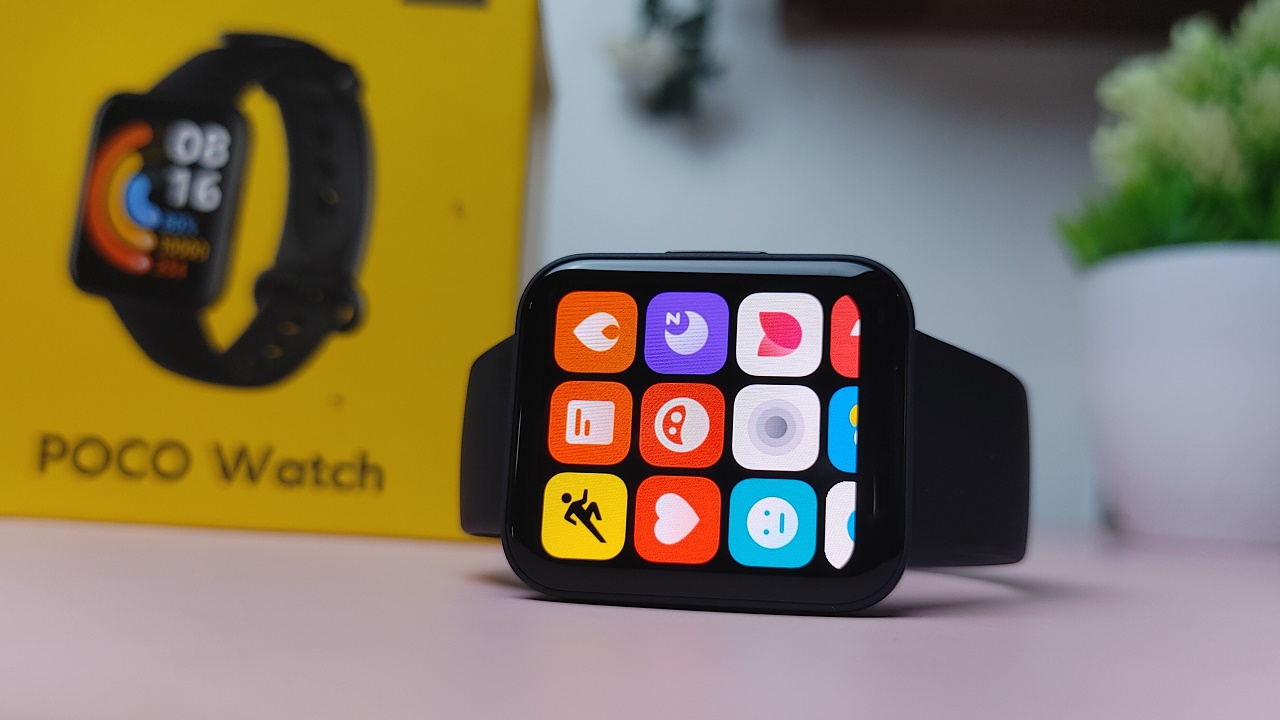
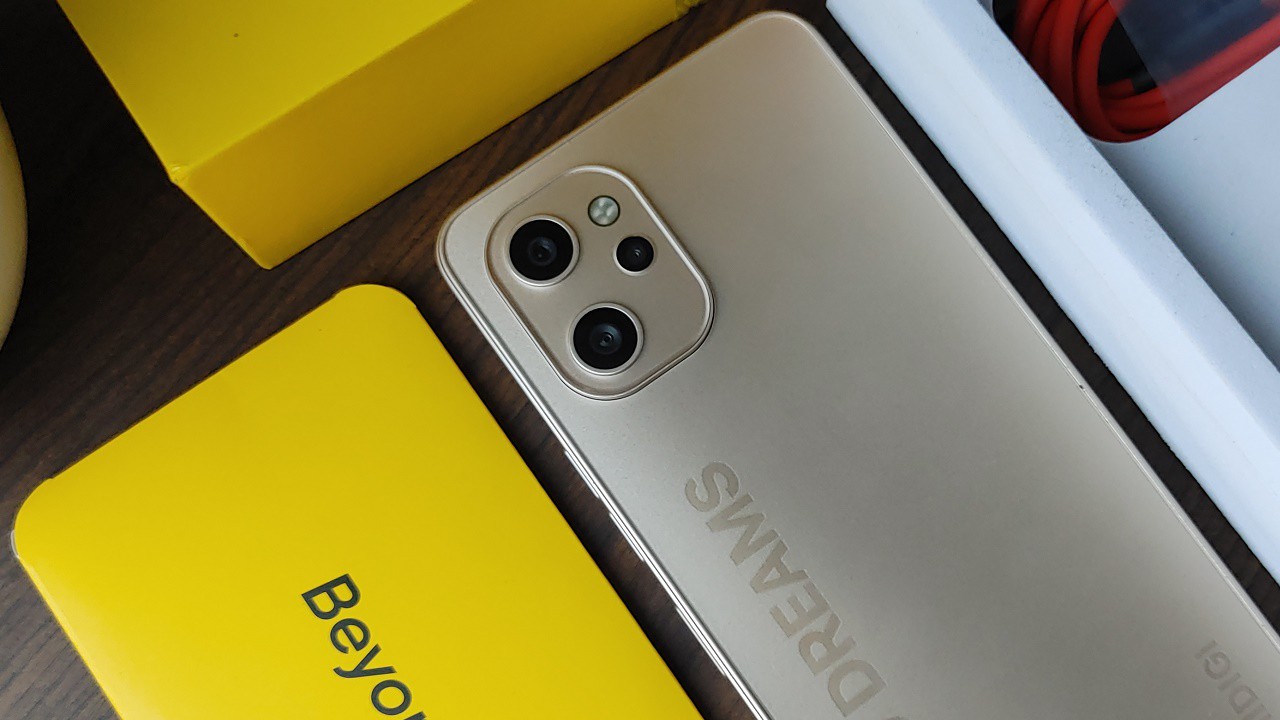
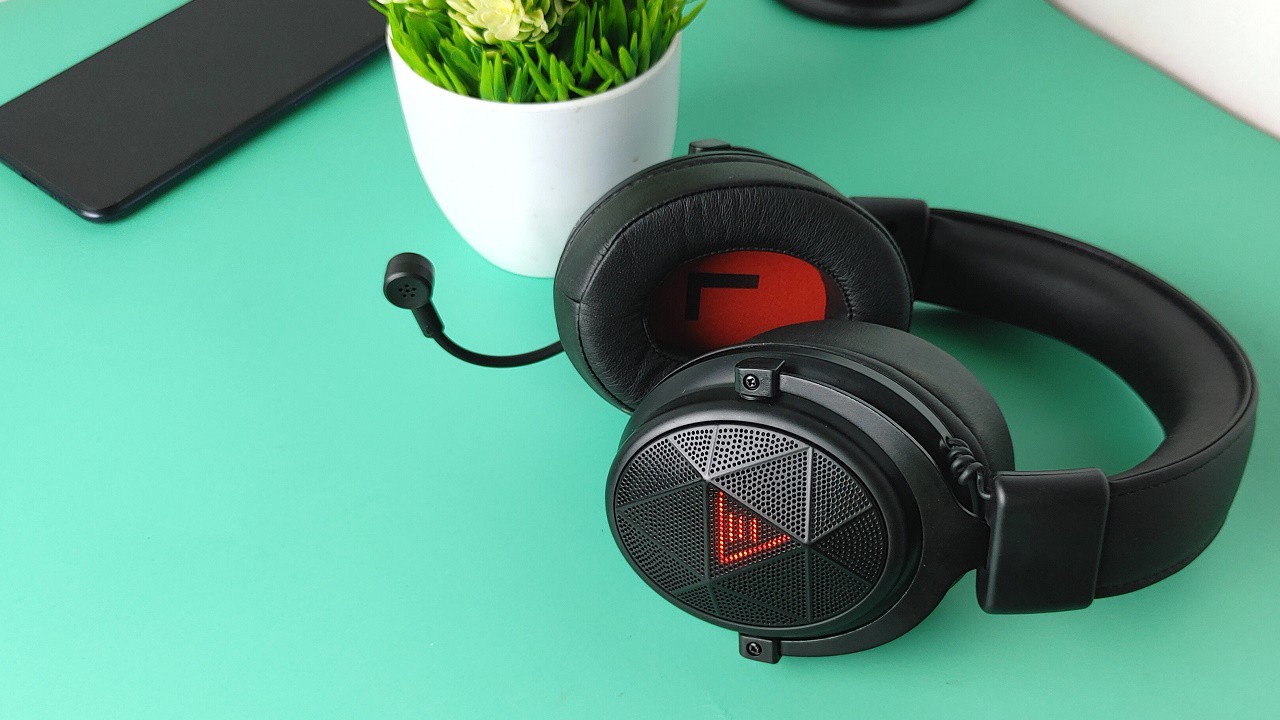
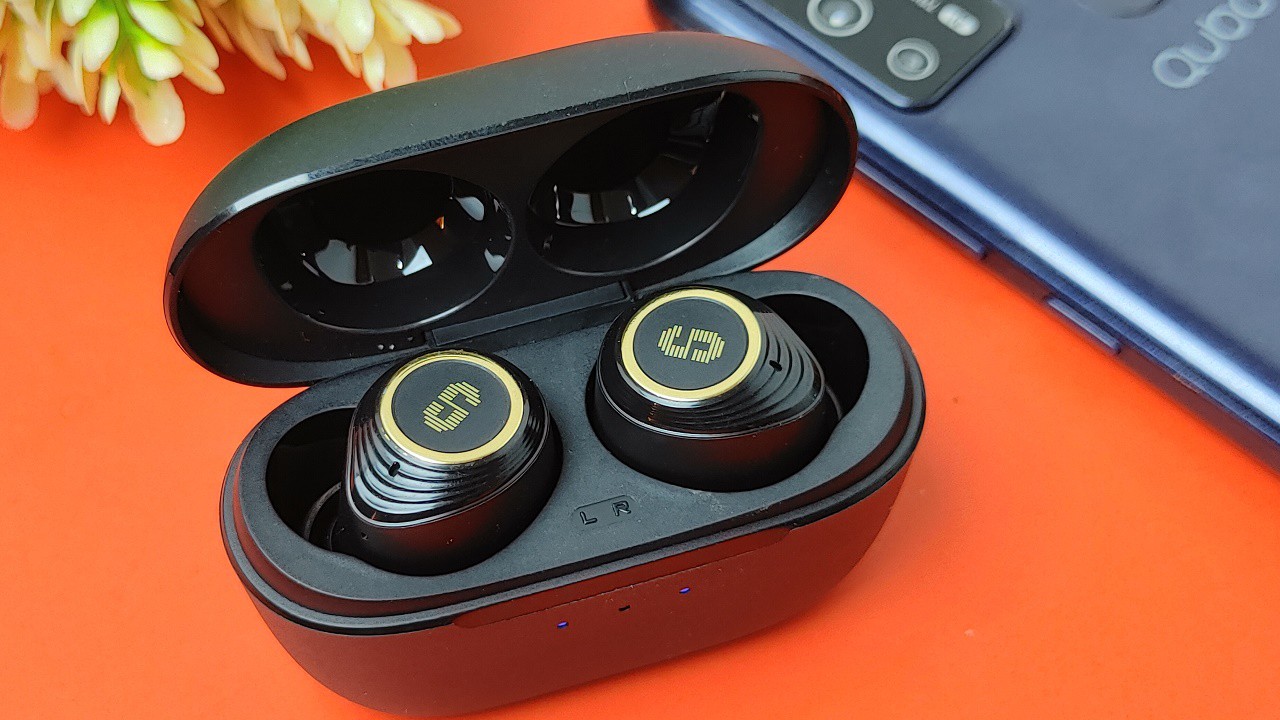
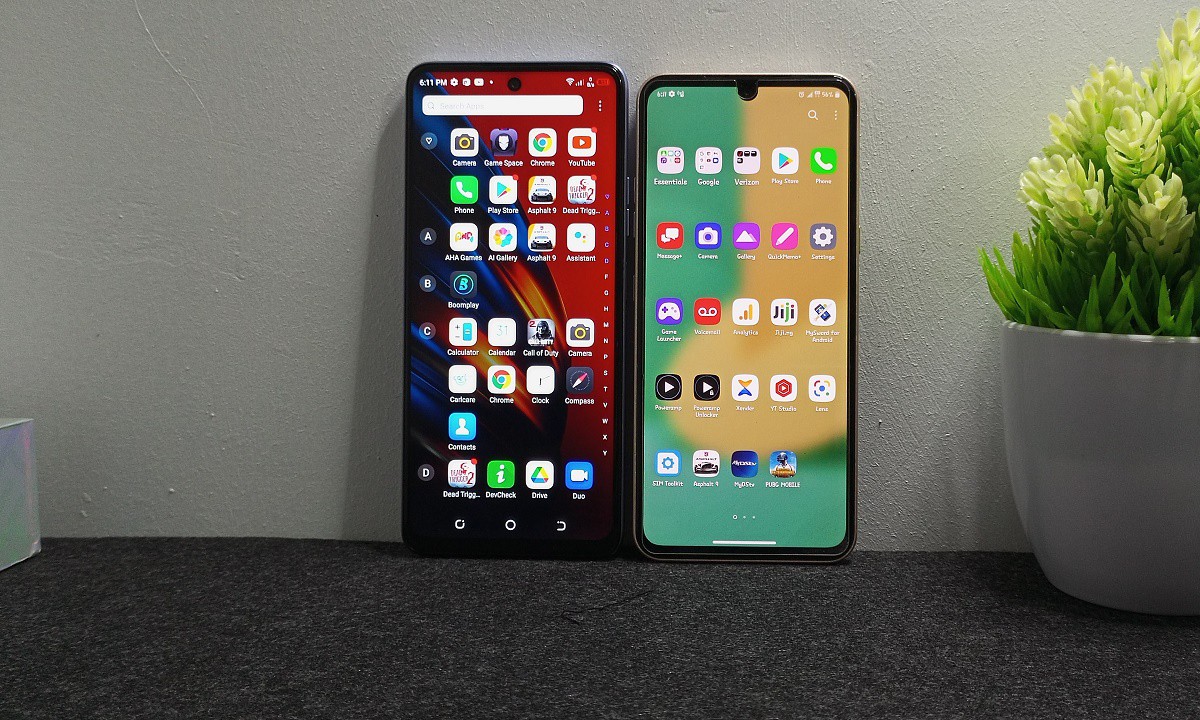

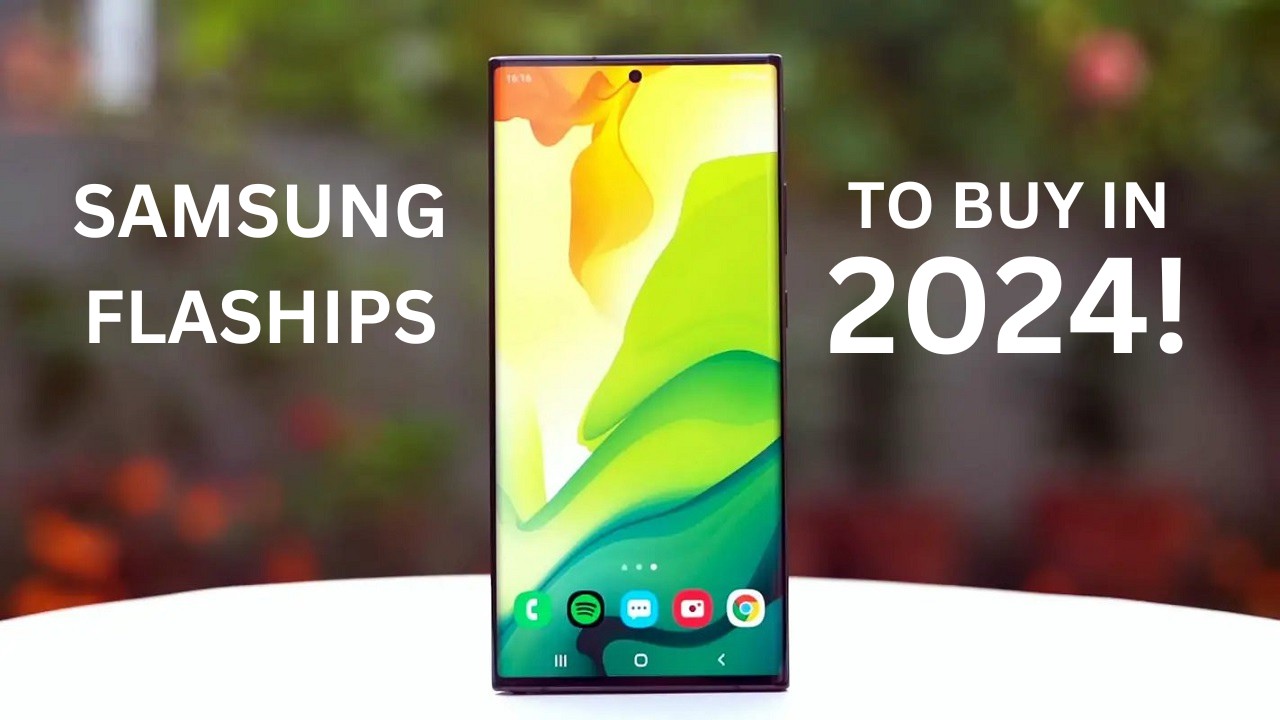
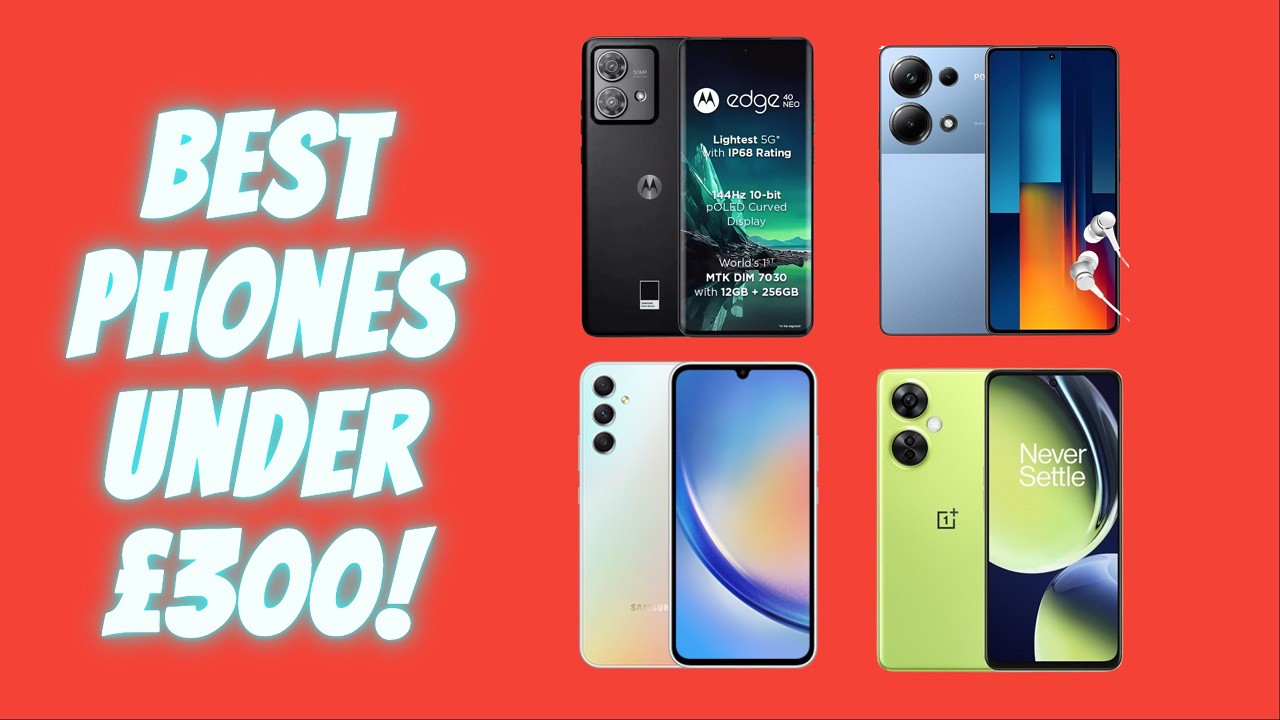

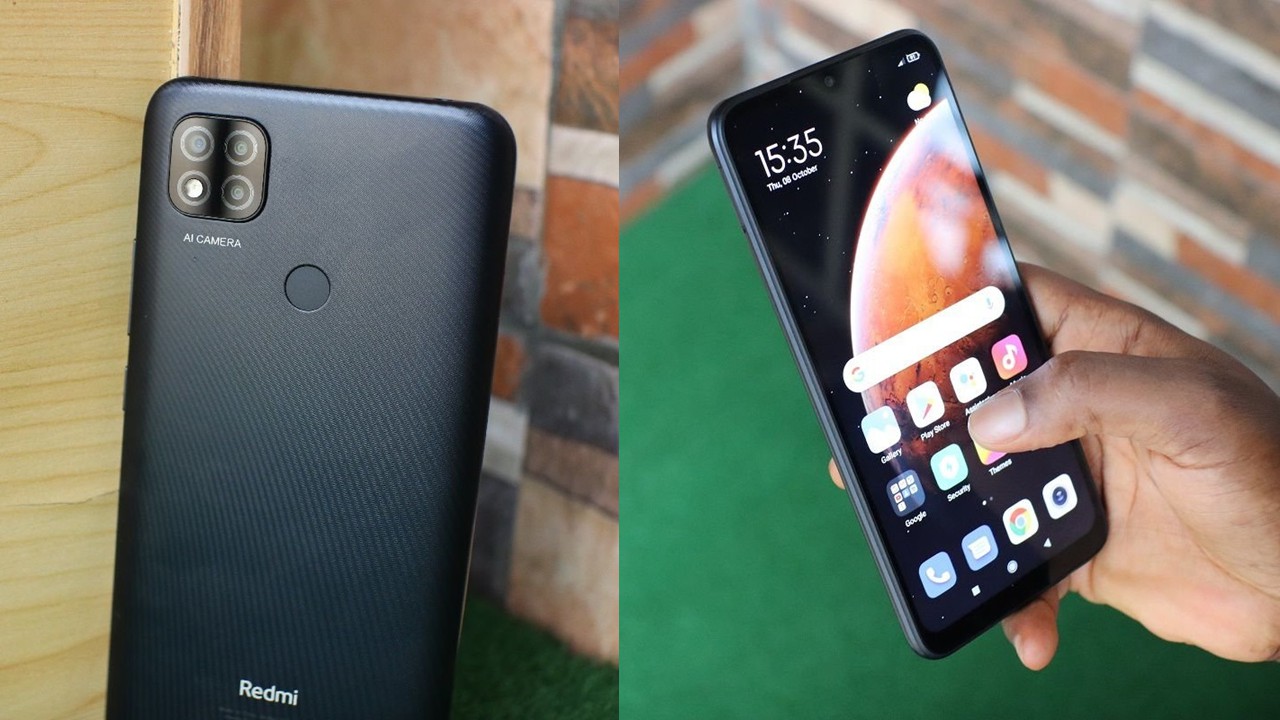
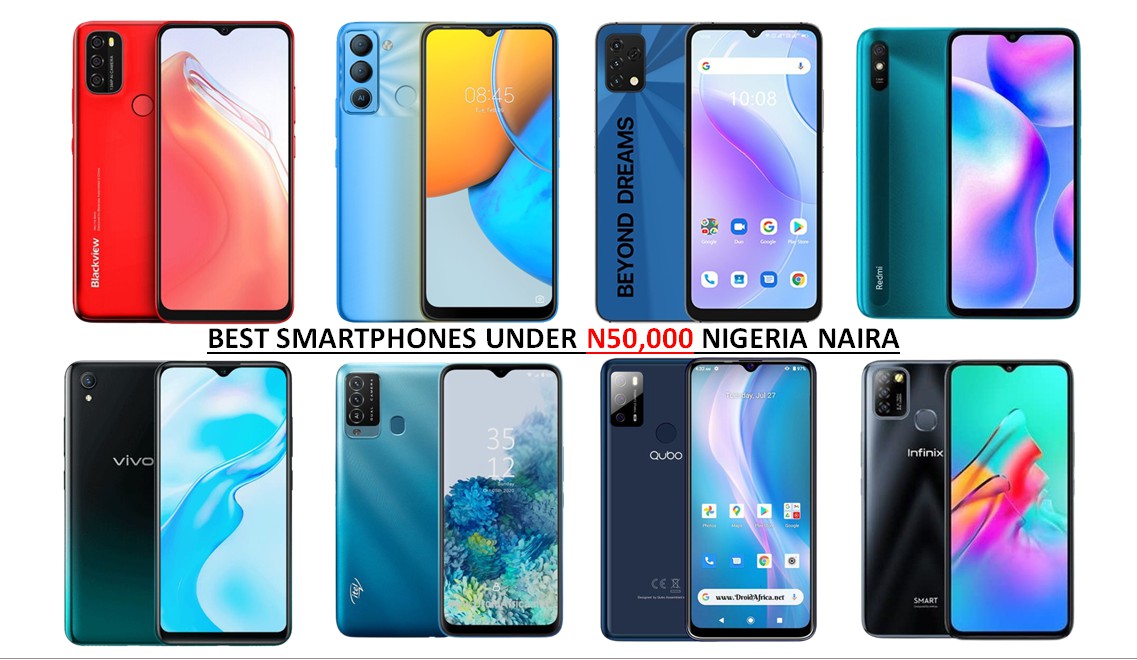
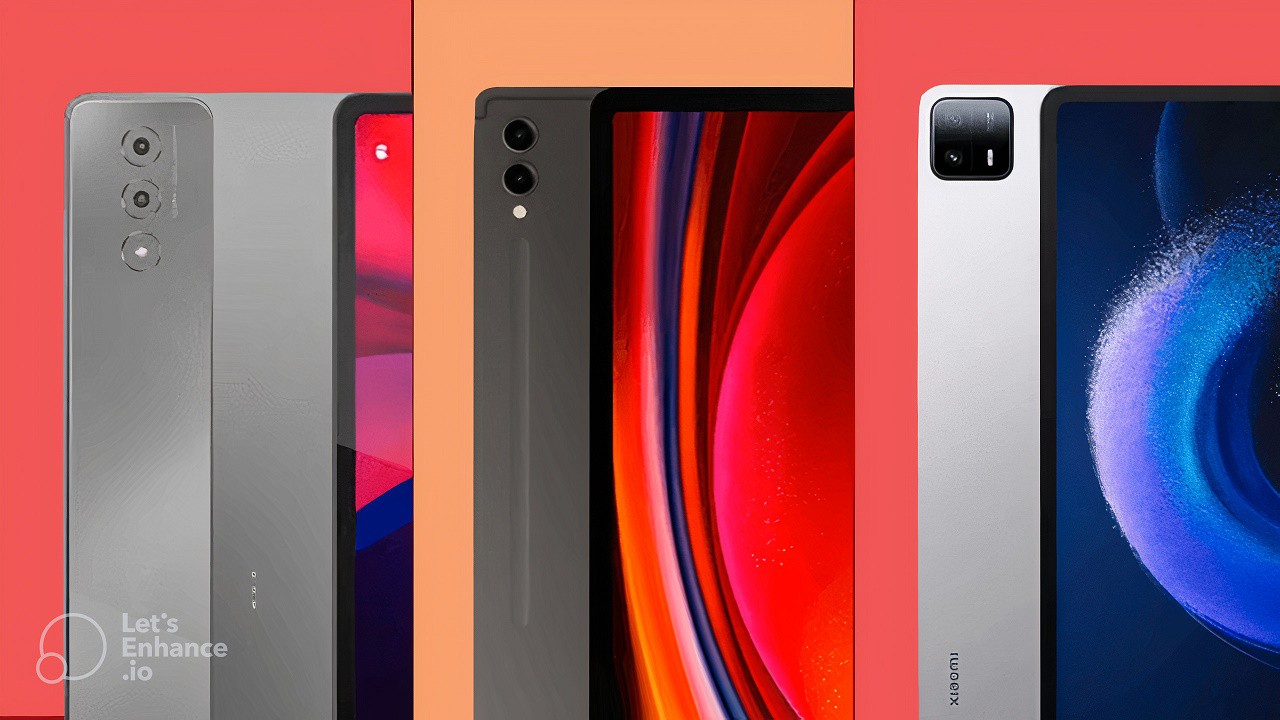
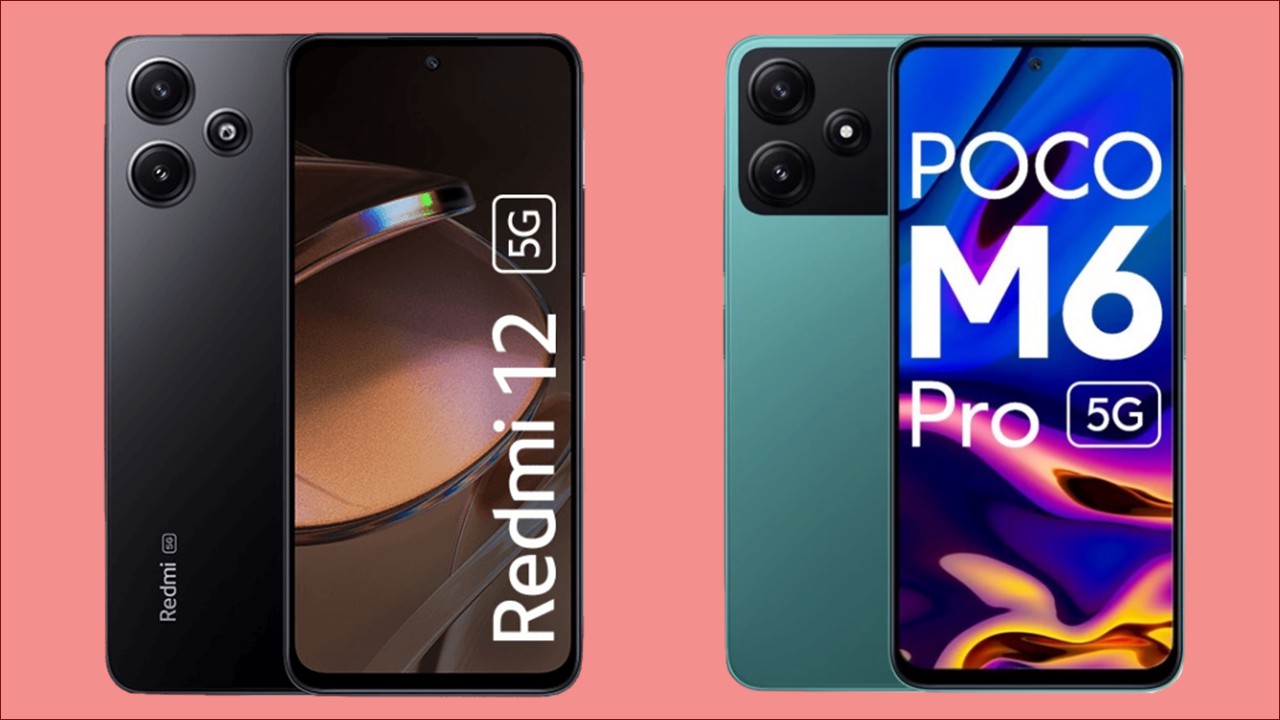
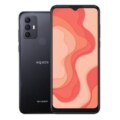
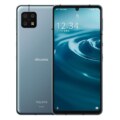
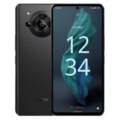
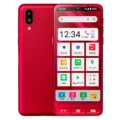
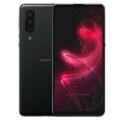
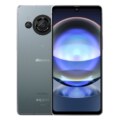
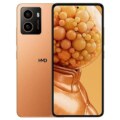
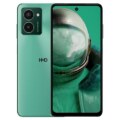

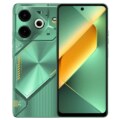
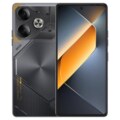
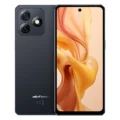

Leave a Reply